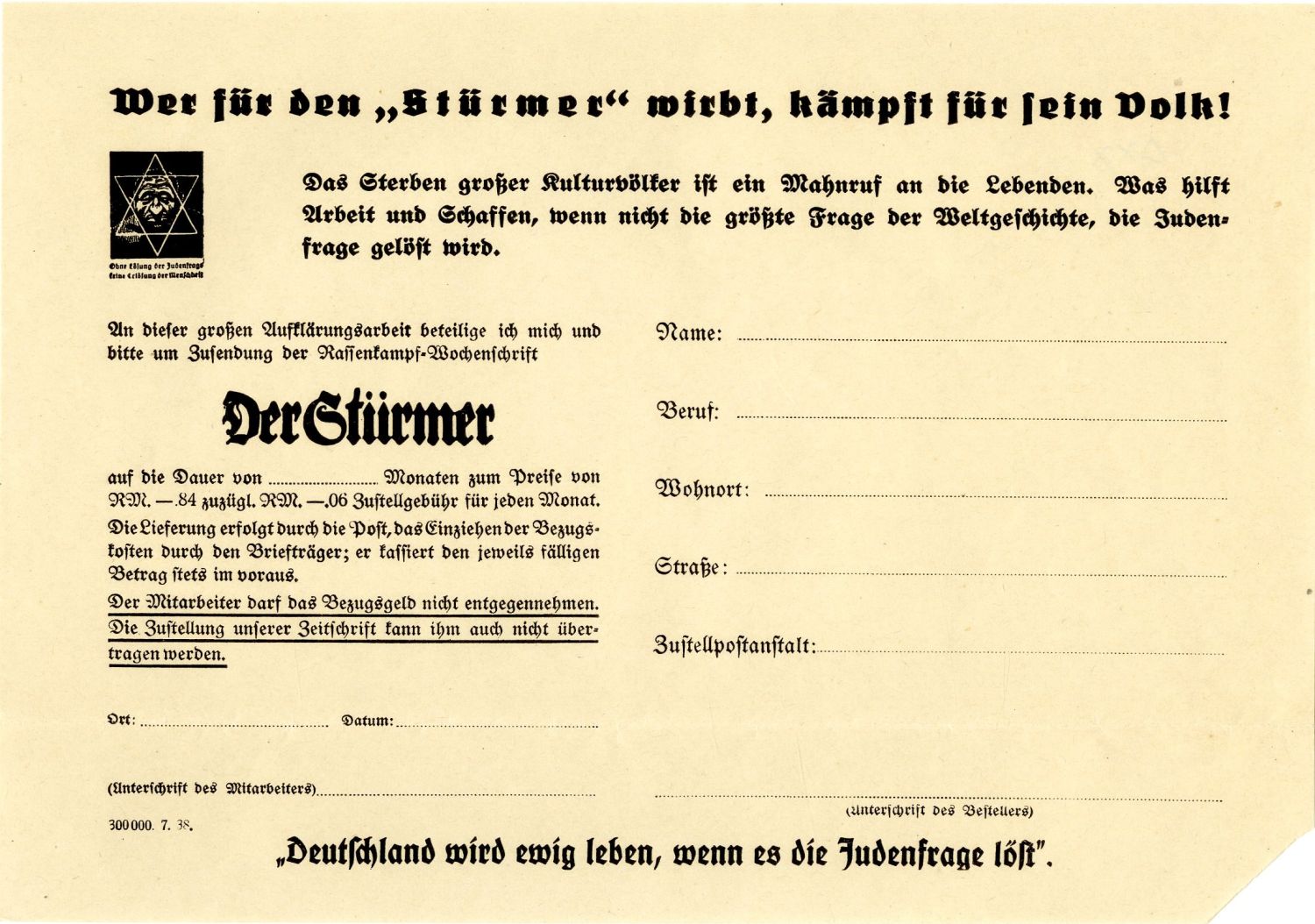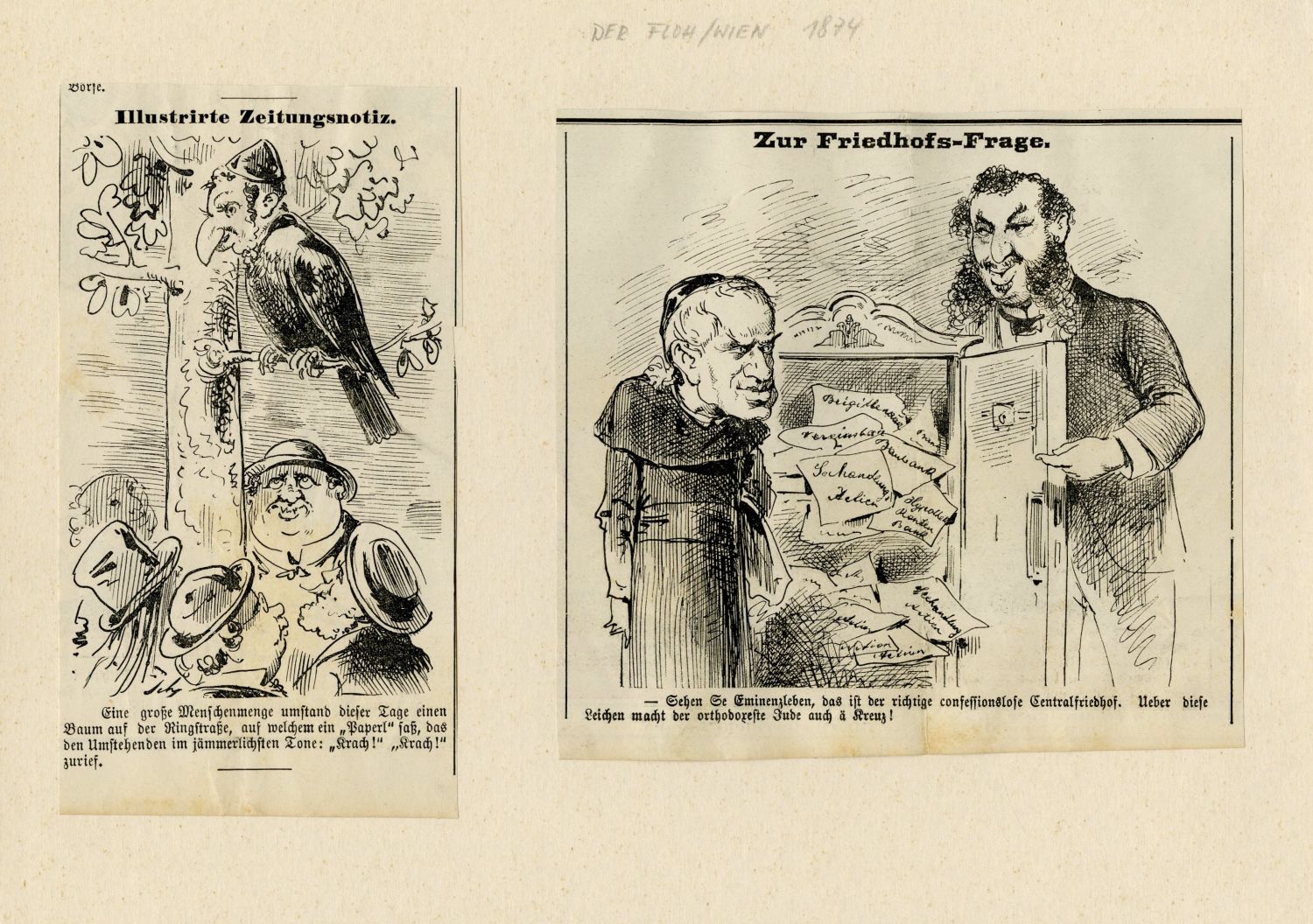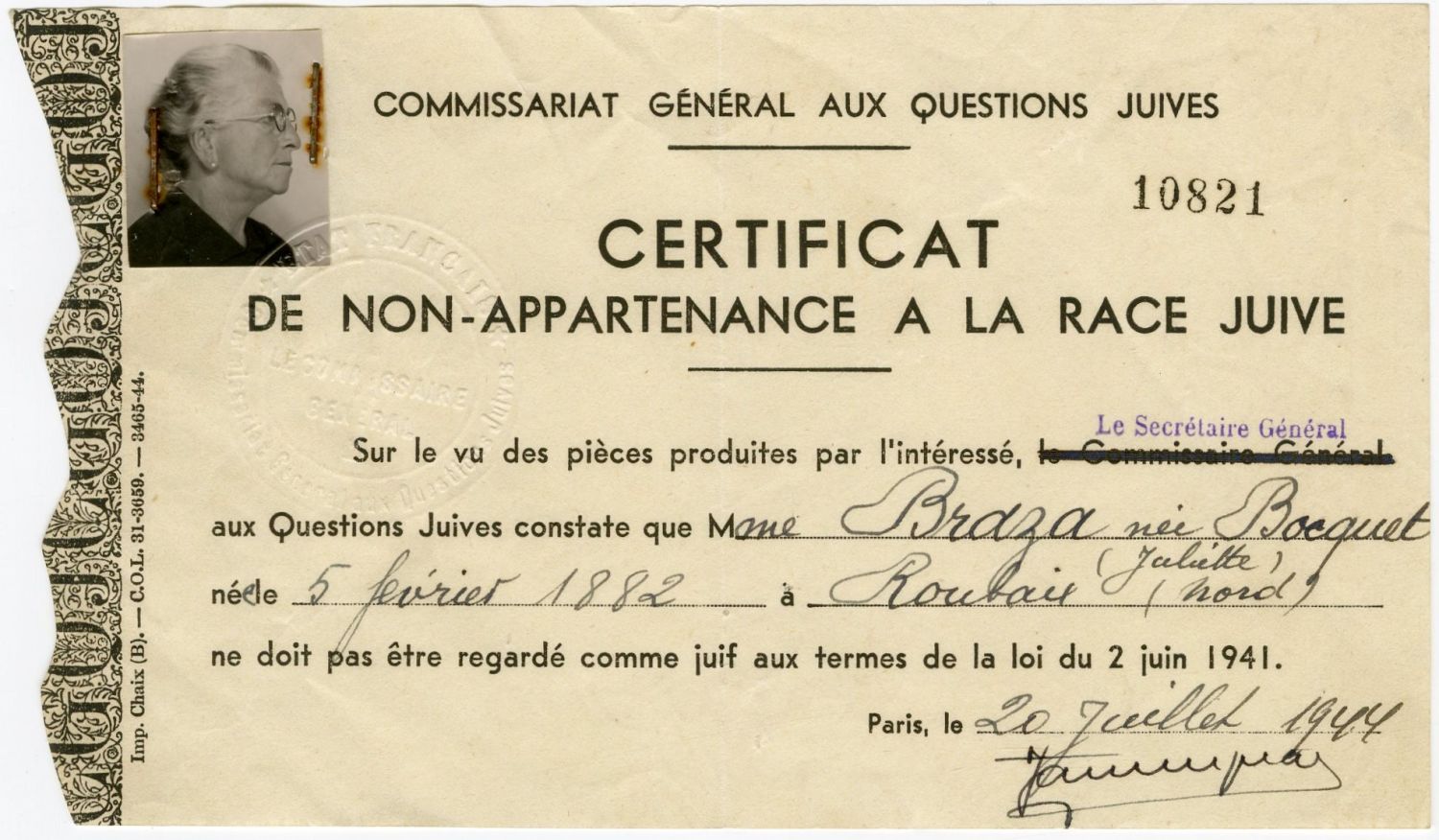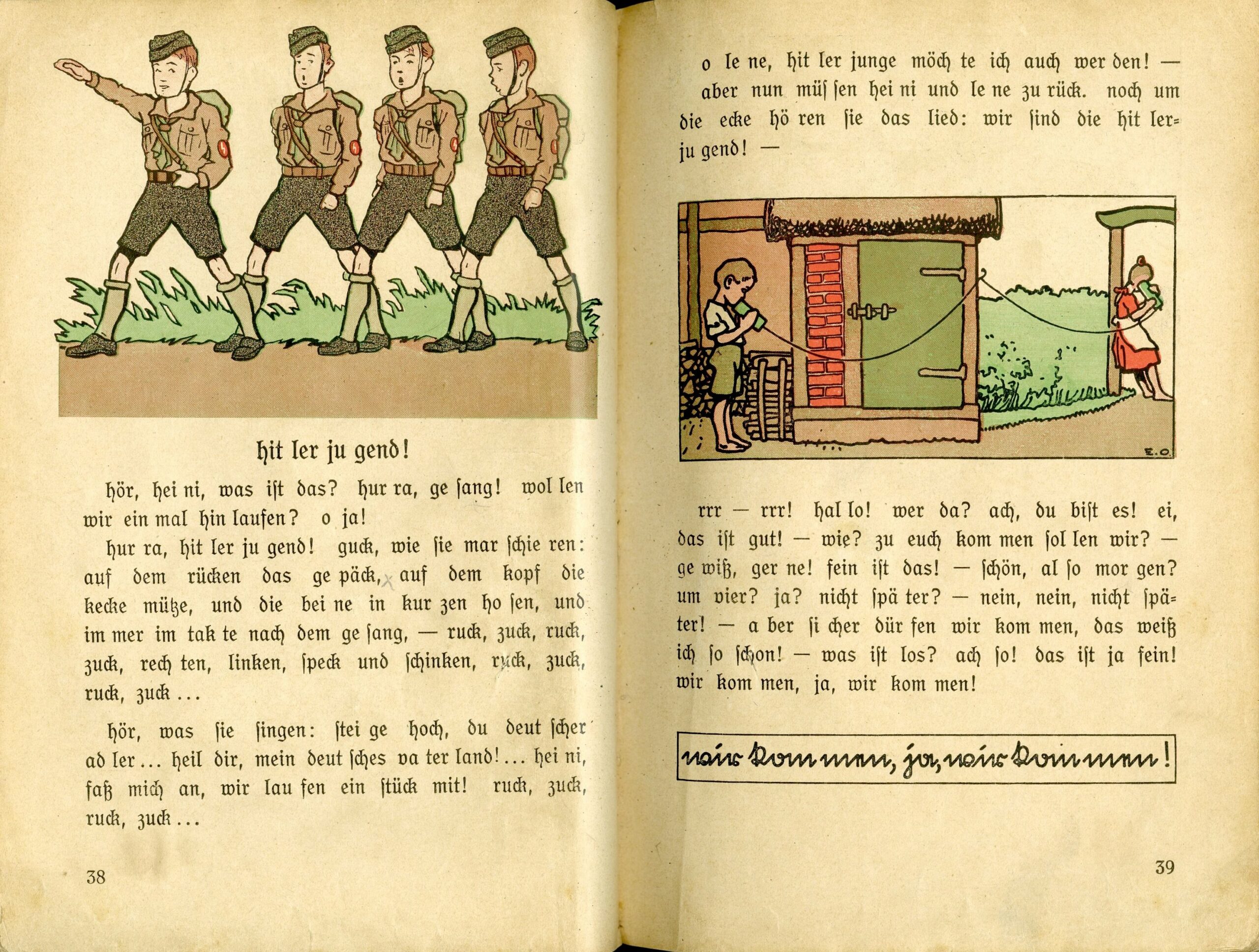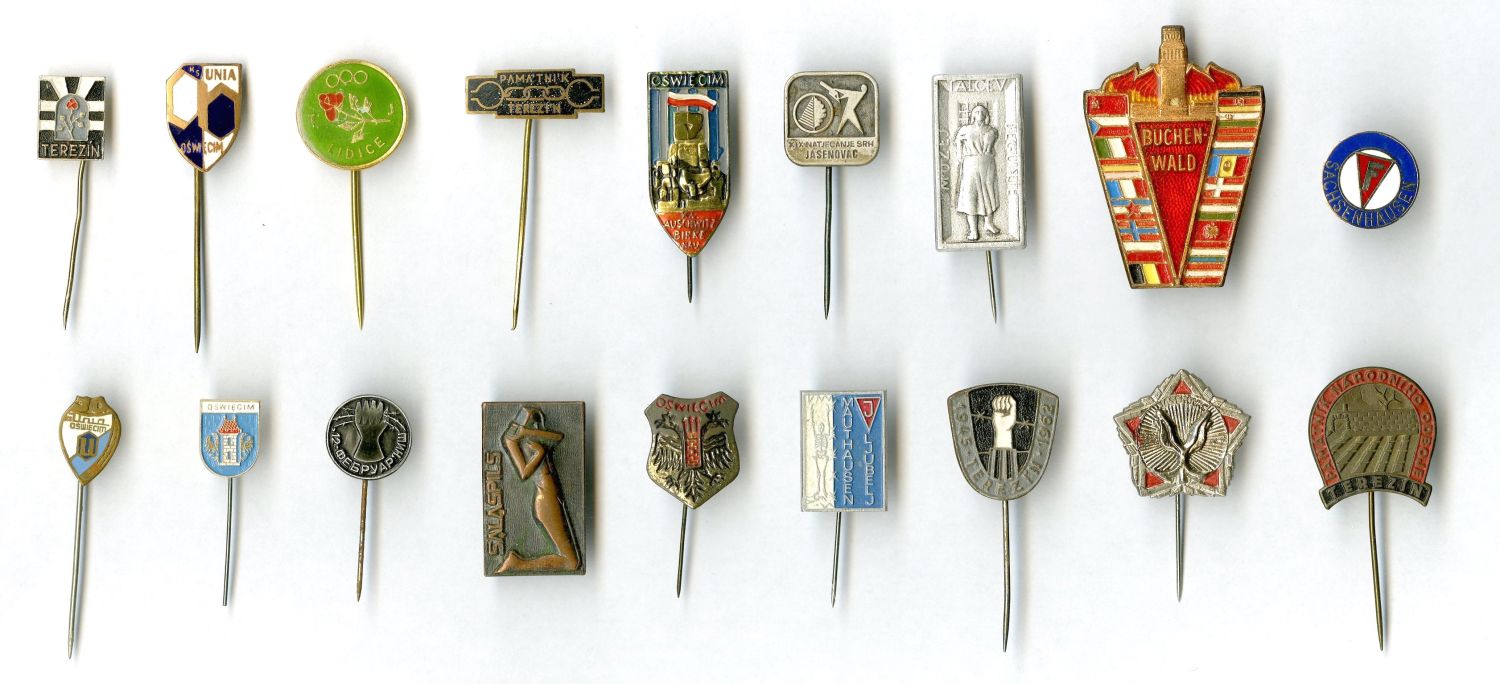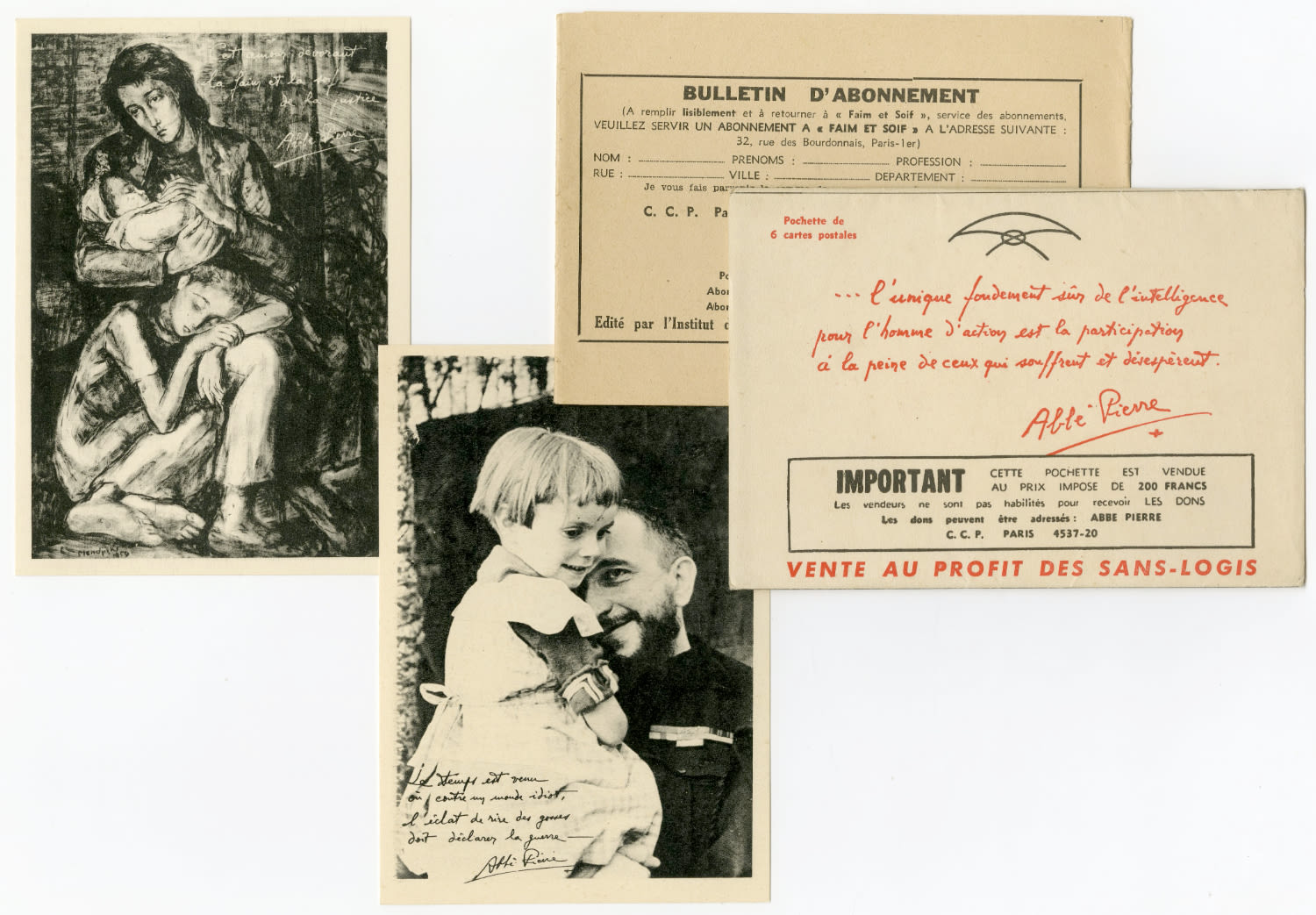4 Hard to watch photographs of the Nazi death camps during their liberation by the Allies. Photographed by Allied photography agencies at the end of the war. Signed on their backs with ink stamps of the agencies that took them.
Photographs: An inmate wounded with cold burns in the Buchenwald death camp; corpses in the Ohrdruf death camp [a concentration camp and a Nazi labor camp located near the city of Weimar in Germany. Was part of a network of concentration camps that surrounded the Buchenwald concentration camp. Ohrdruf was the first concentration camp to be liberated by United States military forces. When the soldiers of the Armored Division entered the camp, they discovered piles of corpses, some covered with lime, and some of the corpses partially burned]; a civilian population forced to dig a mass grave for the victims of the Wobelin death camp. [A sub-camp of the Neuengamme concentration camp in northern Germany. The camp was set up by the SS to house inmates who were evacuated from other camps to prevent their release by the Allies. At its peak, there were about 5,000 prisoners in Wobelin, most of whom were suffering from hunger and disease. The camp was liberated on May 2, 1945] ; a 16-year-old Polish boy in a serious physical condition in the Vaihingen camp. The camp was a labor camp for the production of weapons. At the end of the war it became a concentration camp for sick and dying prisoners.
The liberation photographs taken by the U.S. Army Photography Unit largely shaped the visual collective memory of the Holocaust. The order to send the photography department into the camps and bring the images of the horror served two main purposes which were the intention of the Allies - one, to present to the public the crimes of the Nazi regime to justify the total conscription and the many victims of the war. And the second, no less important, is to gather as much evidence as possible for the purpose of indicting Nazi war criminals in trials held at the end of the war. The visual documentation did indeed serve the prosecution at trial and stood as a significant factor in their final conviction. After the Allied trials, these photographs were circulated among the German population, which most of all reflected the atrocities perpetrated by the Nazi regime, for the re-education of occupied Germany in the spirit of the values of democracy.
Three photographs in size : 23 x 18 cm. One photograph in size: 23x14 cm. Very good condition.







